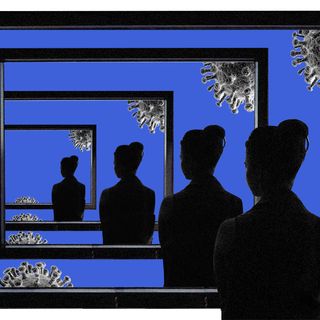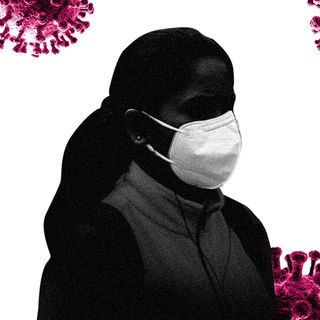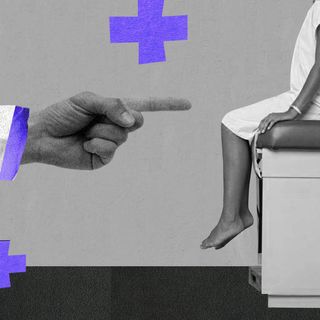Women’s pain is considered less intense by men and women onlookers, a bias that translates into apathetic treatment of women by clinicians as well as caregivers, according to a new study.
Published in the Journal of Pain, the study analyzed people’s estimation of others’ pain by having participants watch video clips of real patients experiencing pain. The participants — mostly comprising laypersons, but including a small number of healthcare workers — were then asked to rate the patients’ pain on a numeric scale, based on both verbal and non-verbal clues in the videos. When the researchers compared these scores with the patients’ own ratings of their pain, they found that women’s pain was constantly underestimated by observers, while men’s pain was overestimated.
“If the stereotype is to think women are more expressive than men, perhaps ‘overly’ expressive, then the tendency will be to discount women’s pain behaviors,” Elizabeth Losin, who is the director of the Social and Cultural Neuroscience Lab at the University of Miami in the U.S. and co-author of the study, said in a statement.
Losin, who is also an assistant professor of psychology, explained that men, on the other hand, are perceived to be more “stoic,” a stereotype that leads to “each unit of increased pain expression from a man … [being] thought to represent a higher increase in his pain experience than that same increase in pain expression by a woman.”
In fact, to prove the bias against women, which exists in the form of ‘it’s all in her head,’ or ‘she’s making a mountain out of a molehill,’ the researchers asked participants for “treatment recommendations regarding medication and psychotherapy” for the patients. Observers were more likely to prescribe women psychotherapy to deal with their pain, than pain medication.
Related on The Swaddle:
Some Doctors See Pain as Just a Symptom of Being Female
The study predicts that the bias “may be an obstacle to effective pain care” for women, and the concern isn’t baseless. Several studies attest the consequences of the bias: a 2000 study concluded that women were seven times more likely than men not only to be misdiagnosed, but also discharged, while in the middle of a heart attack; a report from 1989 found that women were half as likely as men to receive pain medication, even post-surgery; a 2003 study found that women’s complaints aren’t taken as seriously as men in emergency rooms, in addition to the fact that they often have to wait longer than men to receive pain medication — if they receive it at all.
In fact, in some cases, the consequence of not taking women’s pain seriously has been fatal. “… Healthcare staff routinely underestimate patients’ pain, and particularly women’s pain, based on a number of biases and beliefs that have little to do with their actual testimony,” Amanda Williams, an academic and clinical psychologist at University College London, who wasn’t involved in the study, wrote in The Conversation.
Unfortunately, research is scarce on how pain expressed by people of other genders is perceived. What research does show is that “healthcare utilization” is much lower in the non-binary community, compared to the binary population. “Not conforming to the male-female gender binary or gender social norms may expose non-binary transgender people to gender-related stressors from multiple sources. Conversely, it could be that non-binary people have better health because subverting gender norms or not identifying with societal male-female stereotypes offers freedom from gendered expectations and removes some stressors,” experts hypothesized in a 2019 study. Either way, more study is needed here.
As we emerge from a global pandemic, with people more aware of health and hygiene than ever before, it is important to address biases in health care in order to make it more safe, accessible, and empathetic for everyone — men, women, and non-binary people.




